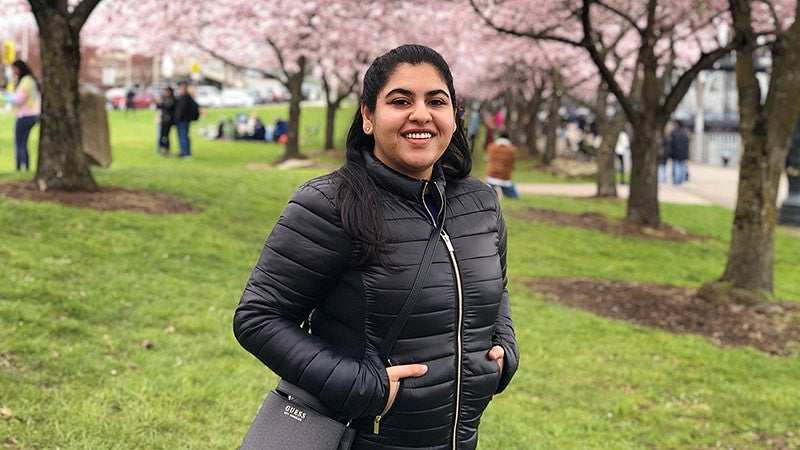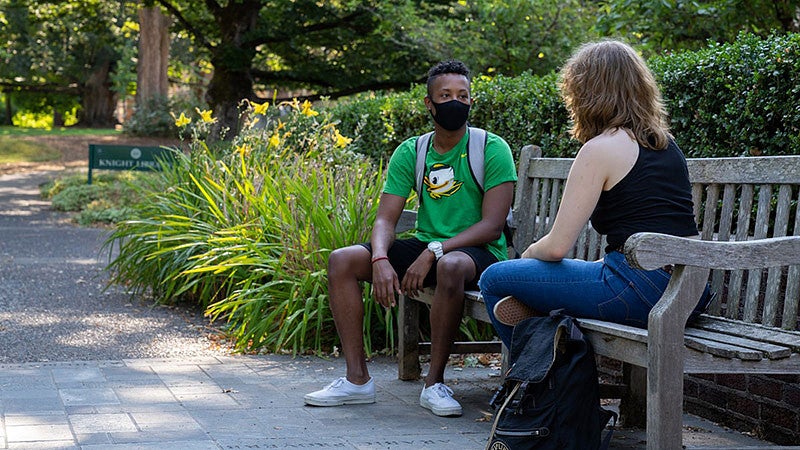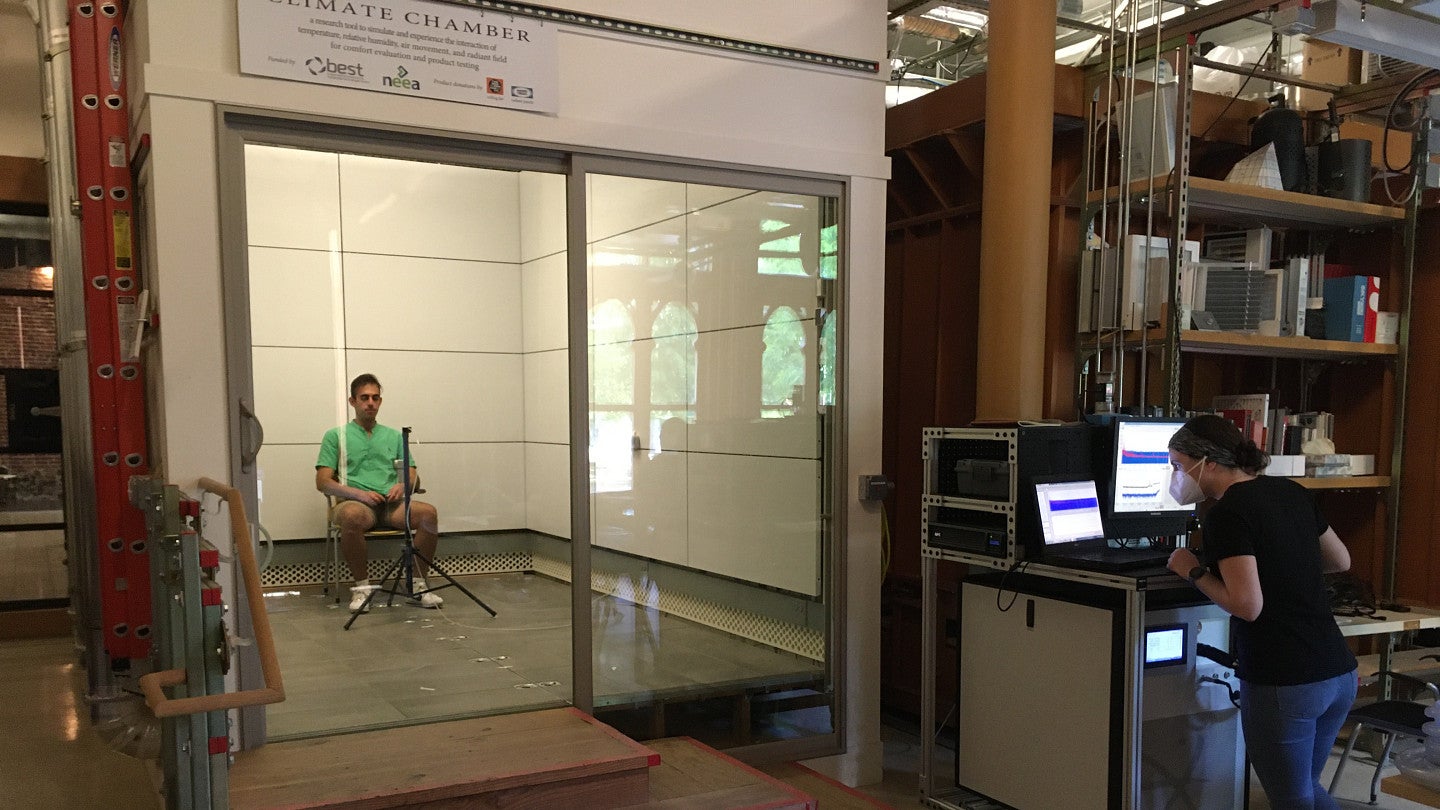
Improving air quality, health screenings, and public health messaging—research performed at the UO points to better strategies for managing future epidemics.
RELATED LINKS
When a new coronavirus was first identified in late 2019, scientists and doctors knew virtually nothing about it.
Now, after more than two years of living through a pandemic, we have a far better understanding of COVID-19—how it infects the body, how it’s transmitted, and how to treat and manage it.
Those insights will help us manage COVID-19 surges going forward, even once the virus is no longer driving a full-blown pandemic. And the lessons learned from managing COVID-19 so intensively for two years could also help us better handle future disease epidemics and bolster public health.
Here’s a sampling of University of Oregon COVID-19-related research that carries lessons for the coming months and years.
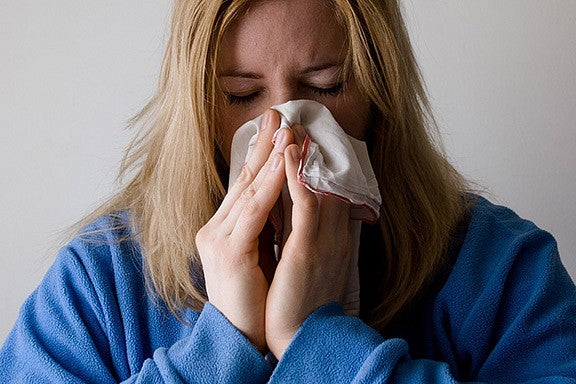
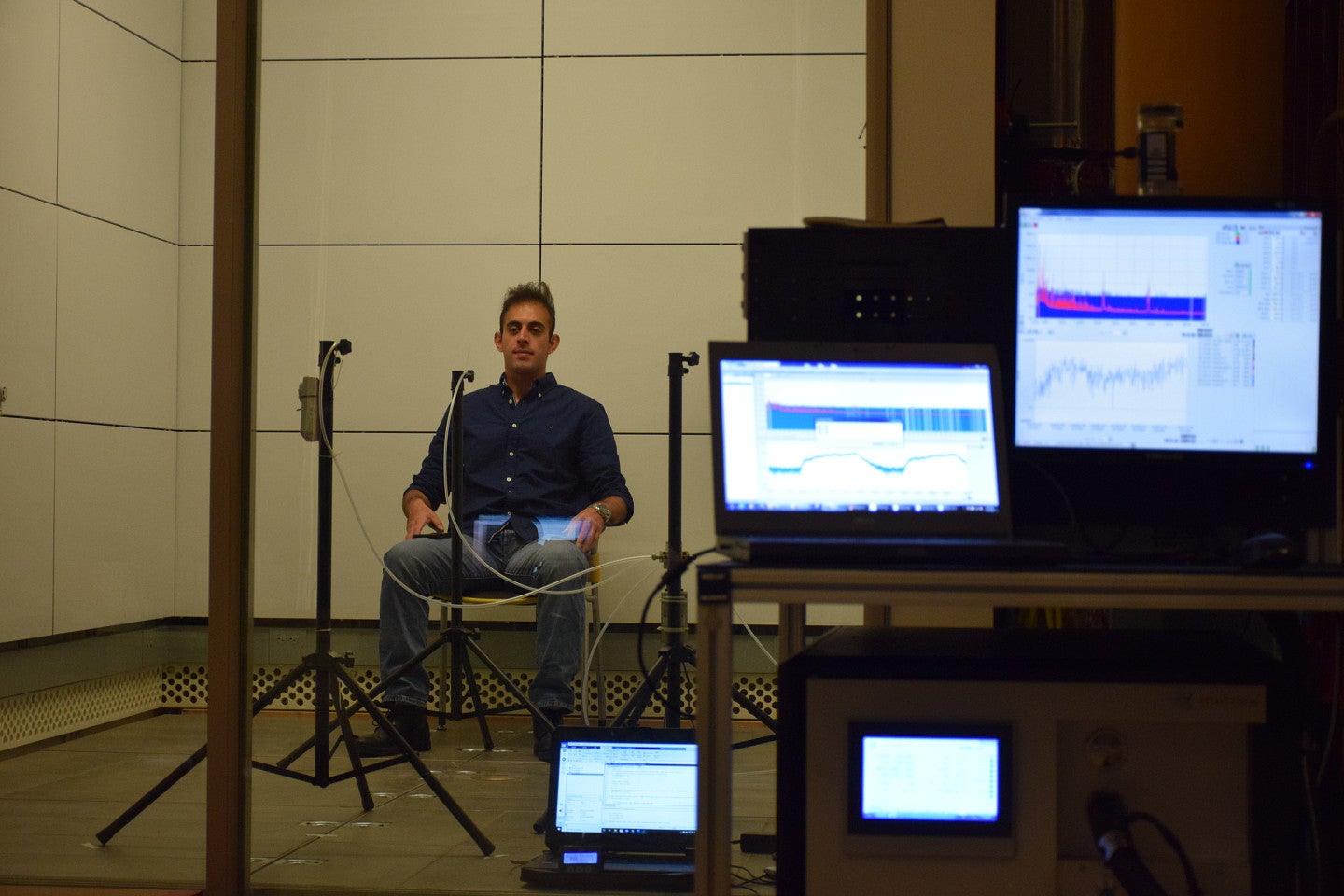
Air quality matters
In the early days of the pandemic, public health guidance emphasized keeping six feet of distance from other people and sanitizing surfaces. Newer research shows that COVID-19 is airborne, and can spread over much greater distances than the droplets expelled by a cough or a sneeze can travel.
“The pandemic put a shining light on air and filtration,” says Kevin Van Den Wymelenberg, the director of UO’s Institute for Health in the Built Environment. He and his team study how buildings impact human health, and their recent research provides guidance for designing buildings that lessen the risk of disease spread.
In one study, Van Den Wymelenberg and his colleagues examined how a virus disperses through a room over time. Participants sat in a room consuming breath mints for an hour, while the researchers took continuous samples of the air in the room at different distances from the study subject. They looked for traces of the small odor molecules released by breath mints, which move through the air just like virus-laden particles do.
In the first 20 minutes, the concentration of breath mint tracer particles a few feet from the person was higher than the overall concentration of those particles in the room. But by the end of an hour, the air in the room had mixed enough that concentration of particles right by the person was similar to the overall concentration of particles in the room air.
That suggests that physical distancing is particularly important for reducing infection risk for quick interactions. For longer interactions, like sharing an office with someone for the entire workday, it doesn’t matter quite as much how close people sit. Any virus particles in their breath will get mixed in with room air everyone else is breathing. (Of course, wearing a mask and improving ventilation in the room can mitigate that, possibly removing viral particles from the room air before they drift to others.)
“This approach showed us we can use real-time monitoring to study the mechanisms of airborne infectious disease transmission, with respect to environmental factors and human-related parameters, to create healthy indoor spaces,” says Hooman Parhizkar, a researcher in Van Den Wymelenberg’s lab who helped lead the work.
Kevin Van Den Wymelenberg, professor of architecture and director, Institute for Health in the Built Environment
Ideally, we’d make all indoor air fresher and cleaner, Van Den Wymelenberg says. But that’s often not possible. Understanding the specific dynamics of air quality could help shape guidelines for where to direct limited resources.
“My hope is that this kind of paper has raised the awareness of fact that we know how to manipulate these indoor air environments,” he says. “I'm envisioning a future where we use this knowledge to build enhanced environments, where we're managing disease transmission risks with improved awareness and making spaces safer and more productive.”
For instance, a store could prioritize extra ventilation plus physical barriers like masking in crowded places where frequent short-duration and close-range interactions occur, like at the checkout area. And in space where the same people will be for hours, like an open plan office or a classroom, measures could focus on reducing the overall number of people and improving airflow, with less worry about exactly how spaced out people are.

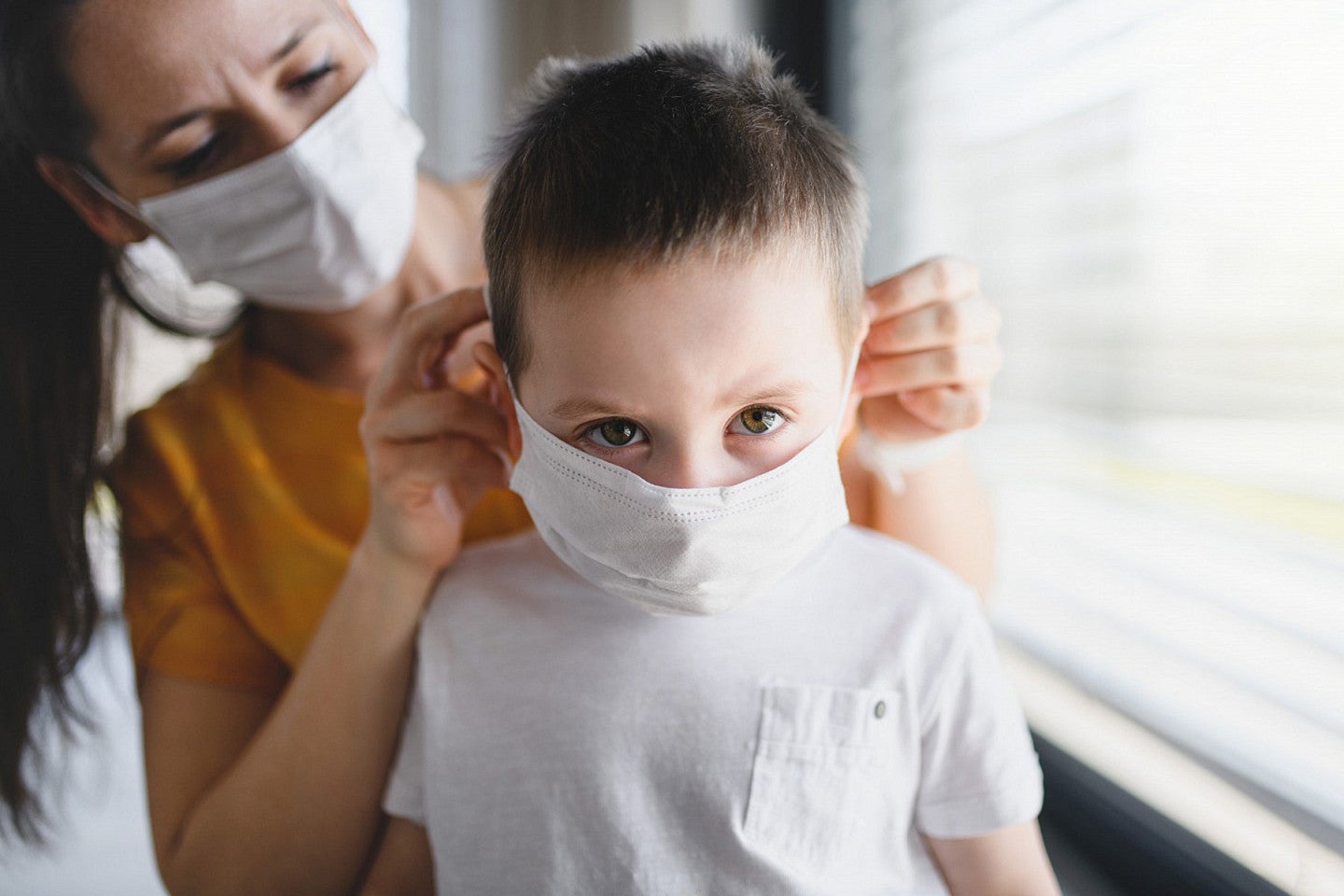
Effective communication matters
A major challenge through the pandemic has been convincing people to comply with public health guidance, whether that’s wearing a mask in public, getting vaccinated, or testing after a possible exposure. All of these measures offer some degree of protection on an individual level, but they’re most powerful when used by many.
Bob Parker and Ben Clark of the UO’s Institute for Policy Research and Engagement have run several surveys to capture Oregonians’ attitudes towards the measures that have become a part of daily life over the past two years. Mirroring the rest of the country, they found deep political divides: liberal Oregonians were more likely to report wearing a mask than conservatives, and more likely to get vaccinated.
But some trends spanned the political spectrum. “What we saw across the board is a lack of trust in institutions—religious institutions, the government—and people trusting family and friends instead,” Clark says.
COVID-19 was a completely new virus when the first cases were reported in 2019, and scientists had to build their knowledge from scratch. That means that some public health advice that was emphasized in the early days of the pandemic, like disinfecting surfaces, was later changed or de-emphasized. “The nature of discovery that goes with science is unsettling for people—by definition it's uncertain,” Parker added. “Clearly it was a challenging environment for government and media to work in.”
Camille Cioffi, of the UO’s Prevention Science Institute, has surveyed attitudes around COVID testing and vaccination in a more specific group of Oregonians: people who inject drugs. Compared to the general population, people who inject drugs are more likely to be homeless or living in crowded conditions, and they’re less likely to have consistent access to healthcare. And they’re particularly likely to be disenfranchised by institutions.
Cioffi and her colleagues distributed surveys to people visiting syringe exchange sites in Oregon in 2021. They offered people $10 to get tested for COVID and fill out their survey. “Being able to provide people with financial incentives to get testing increases likelihood they'll get tested,” Cioffi says.
Their findings reveal gaps in the system. Some people were hesitant about getting vaccinated, citing a lack of understanding of how the vaccines worked and the risk of side effects. But in the 2021 survey, “we found that 42 percent of unvaccinated people wanted to be vaccinated, which suggests people weren't getting access to care they needed,” Cioffi said.
These attitudes towards COVID reflect many of the same concerns seen in the broader population. But vaccine side effects—or a bout with COVID—that might be a mere annoyance to an office worker with stable housing and access to paid sick leave would be tougher for someone who was unemployed or unhoused.
Bridging this communication barrier often requires individualized solutions. “It comes down to meeting people where they're at,” Cioffi said, whether that’s by providing financial incentives or access to information, or just gradually building trust with the community.
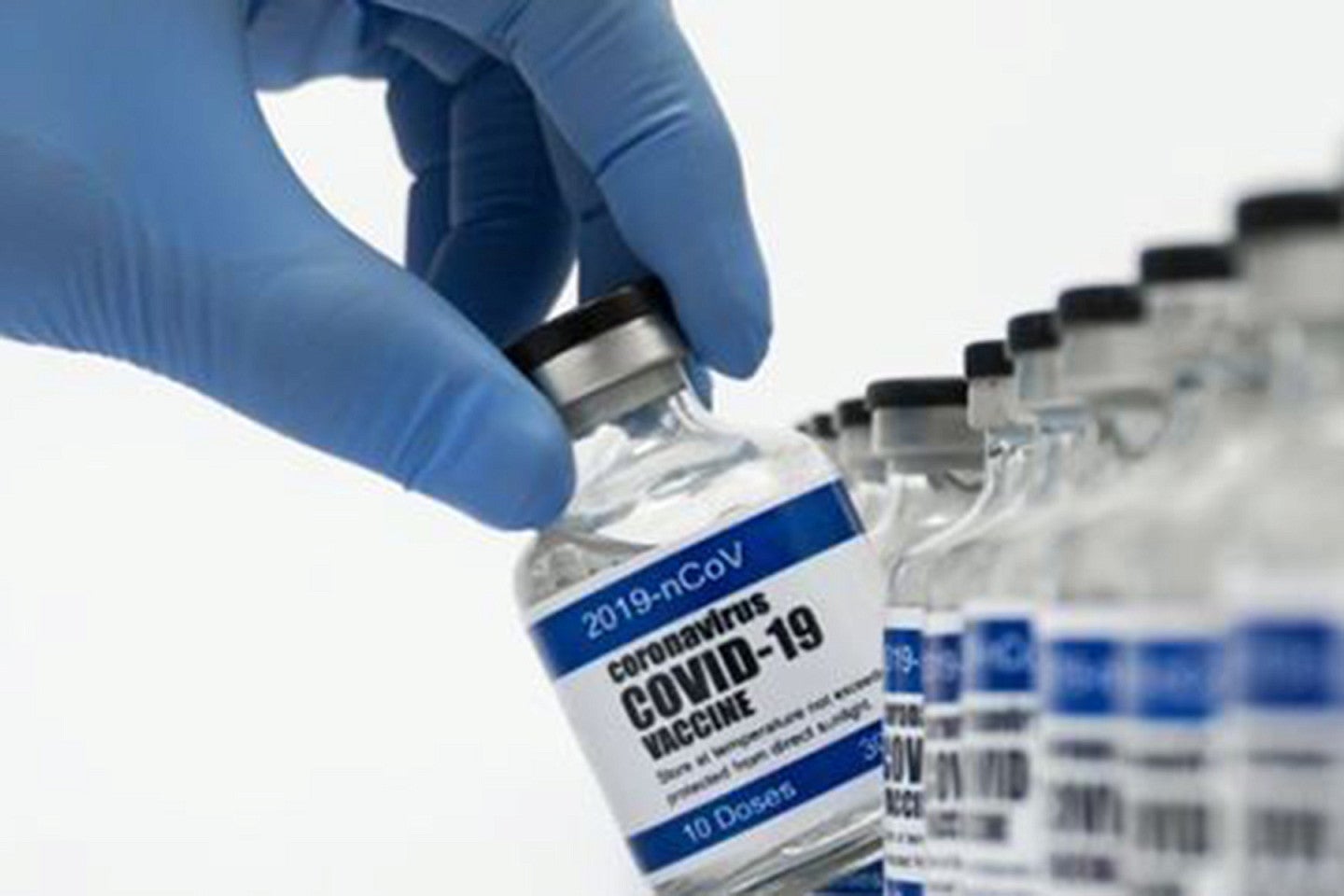
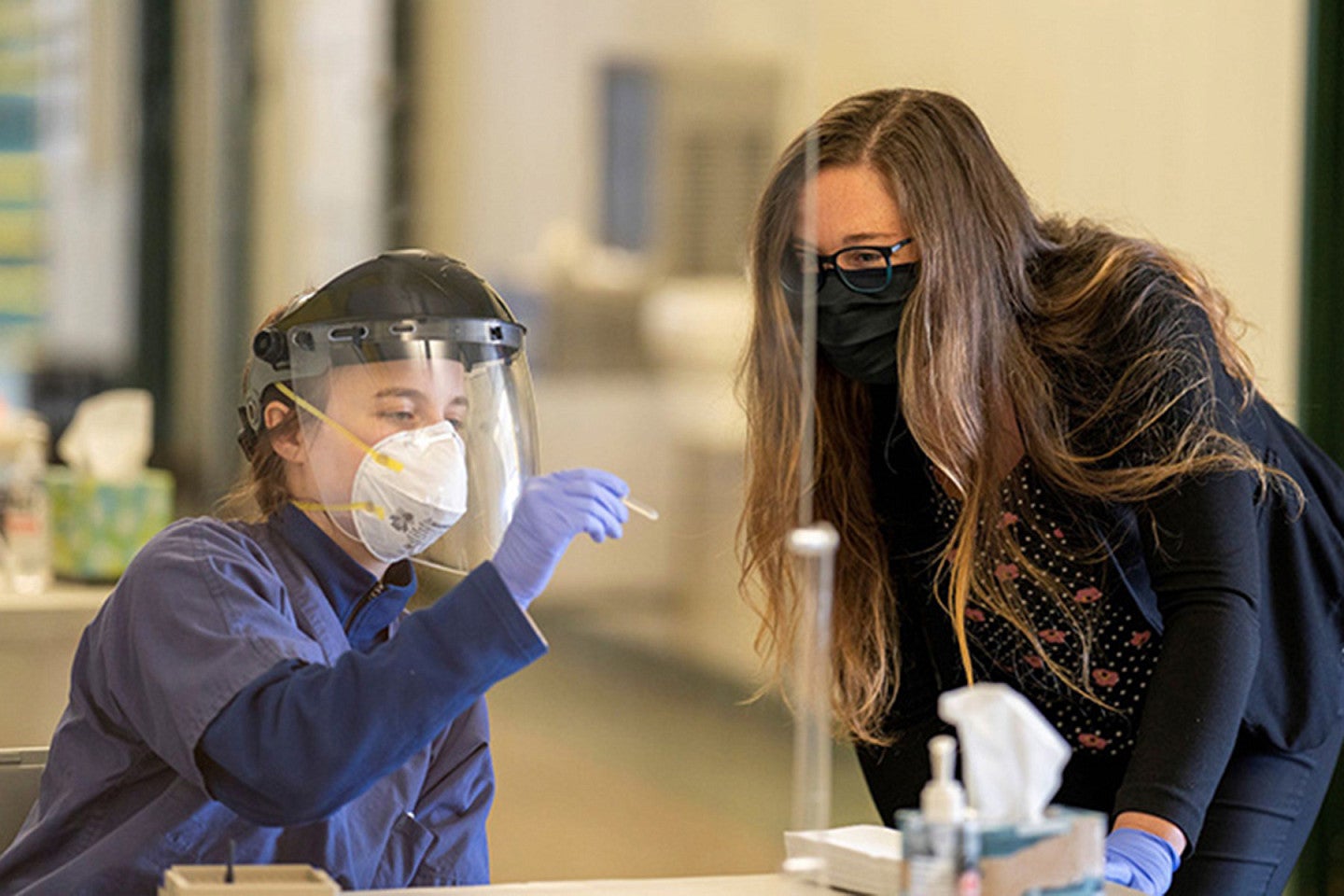
Testing access matters
These days, a trip to UO’s on-campus COVID-19 testing site usually runs seamlessly. From check-in at the doors of MacArthur Court to drooling into a cup, visitors can be in and out in under ten minutes. And within a couple of days, they can access their results online.
But the staff behind the facility can see how far it’s come. The COVID-19 Monitoring and Assessment Program, MAP, was built from scratch over the course of 6 months in 2020.
In March 2020, like many colleges and universities across the country, the UO quickly realized they’d need a way to test their community to safely reopen campus. But the university had never run a testing program on this scale, and there weren’t yet good models at other schools either. Plus, everything about the virus itself was new.
“We had lots of plans that didn't work at first and needed finessing,” says Hannah Tavalire, MAP’s current director of operations. Tavalire became involved in MAP in its early days, providing both biology and public health expertise that helped build the program.
As the MAP program came together, the team had to navigate many logistical and regulatory hurdles. For instance, the university needed certifications to perform diagnostic testing, meeting standards that mandate certain kinds of staff and procedures around recordkeeping and patient privacy.
“We did have to build up a lot that we wouldn’t have otherwise had to within a medical school, but it was a blessing in disguise to not have to fit our system into an existing structure,” Tavalire says. It meant that the MAP team could build systems that worked specifically for the campus. For instance, they didn’t have a system to manage patient data, so they worked with a private company to build a custom one.
Affiliation with a university came with many advantages, too. MAP could use existing lab space and equipment in its earliest days, and take advantage of the range of knowledge and skills among UO faculty and staff. Because the university has connections with lab supply distributors, they had access to basics like cotton nose swabs, even at times when those items were hard to find.
At the height of the omicron surge in January 2022, MAP was serving as many as 1300 people per day, with staff staying late in the evening to process samples. About 40% of people who visit MAP testing sites aren’t affiliated with the UO, Tavalire says. That suggests that the testing program is serving a greater need in Eugene and in Lane County, beyond the campus community.
For Tavalire, one of the biggest lessons of the experience is that public health support can come from non-traditional places. “We don't always think about universities, especially those without medical schools, as an active part of a public health emergency response,” Tavalire says. “But throughout this pandemic we’ve demonstrated that universities can be a super dynamic part of that response.”


